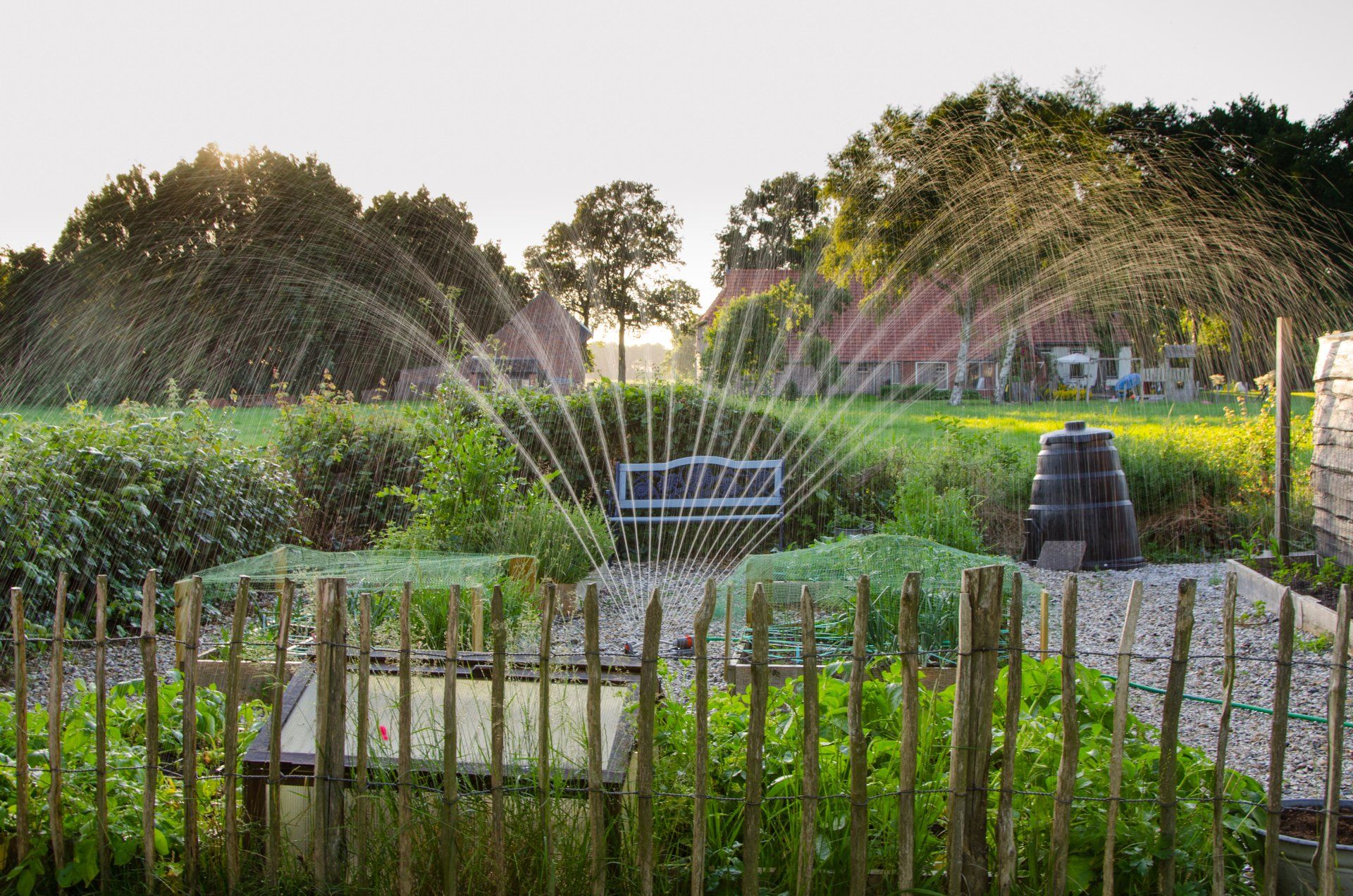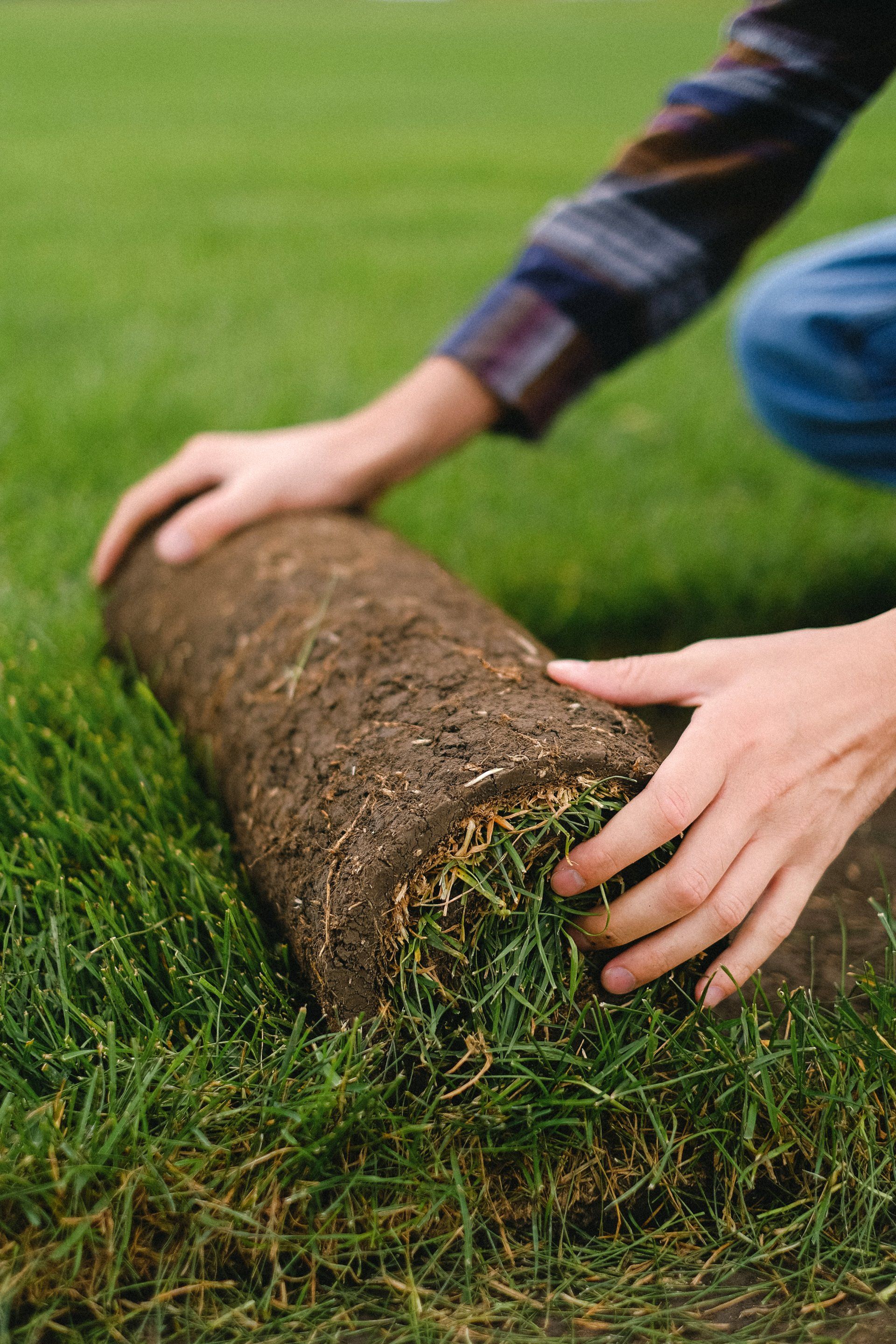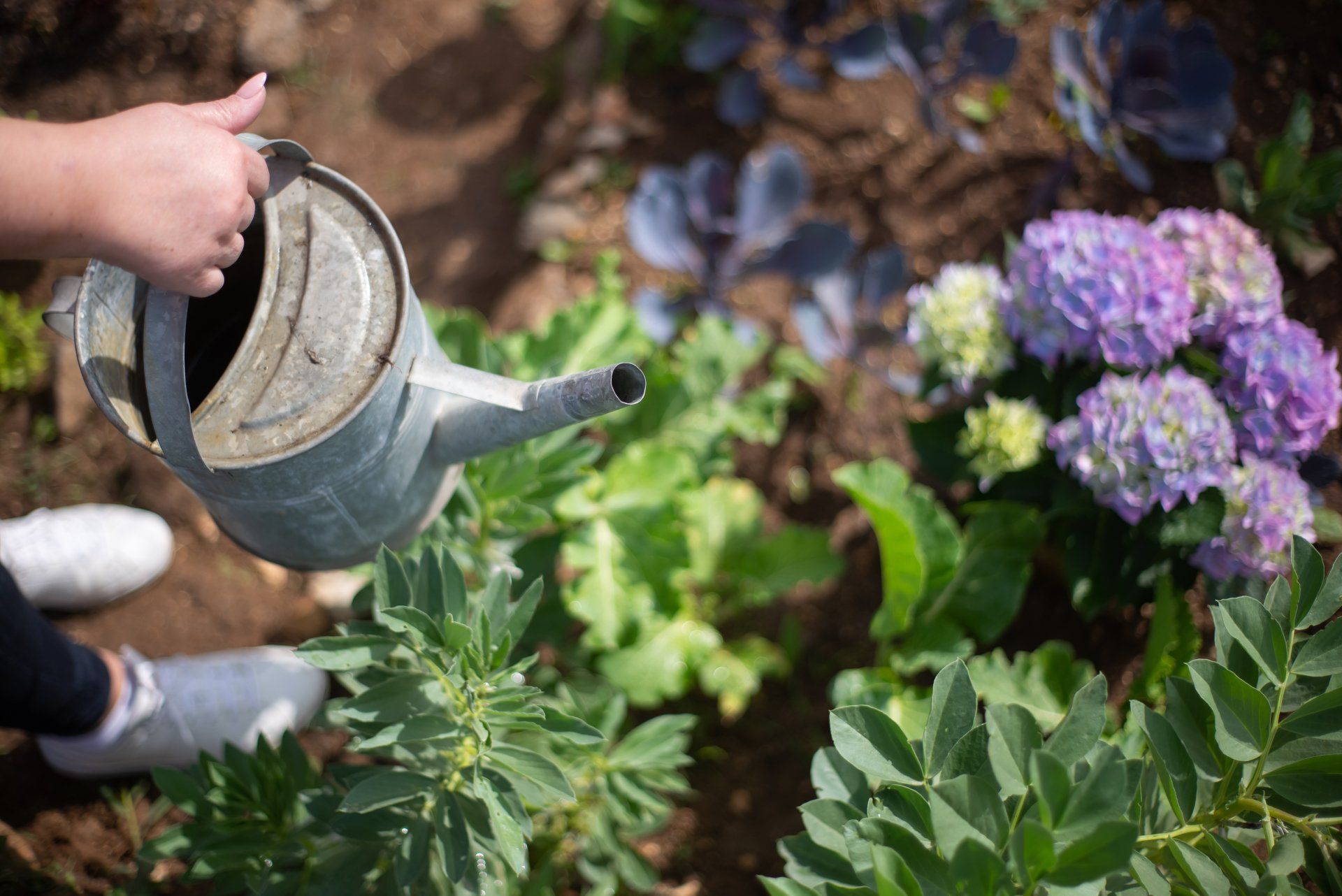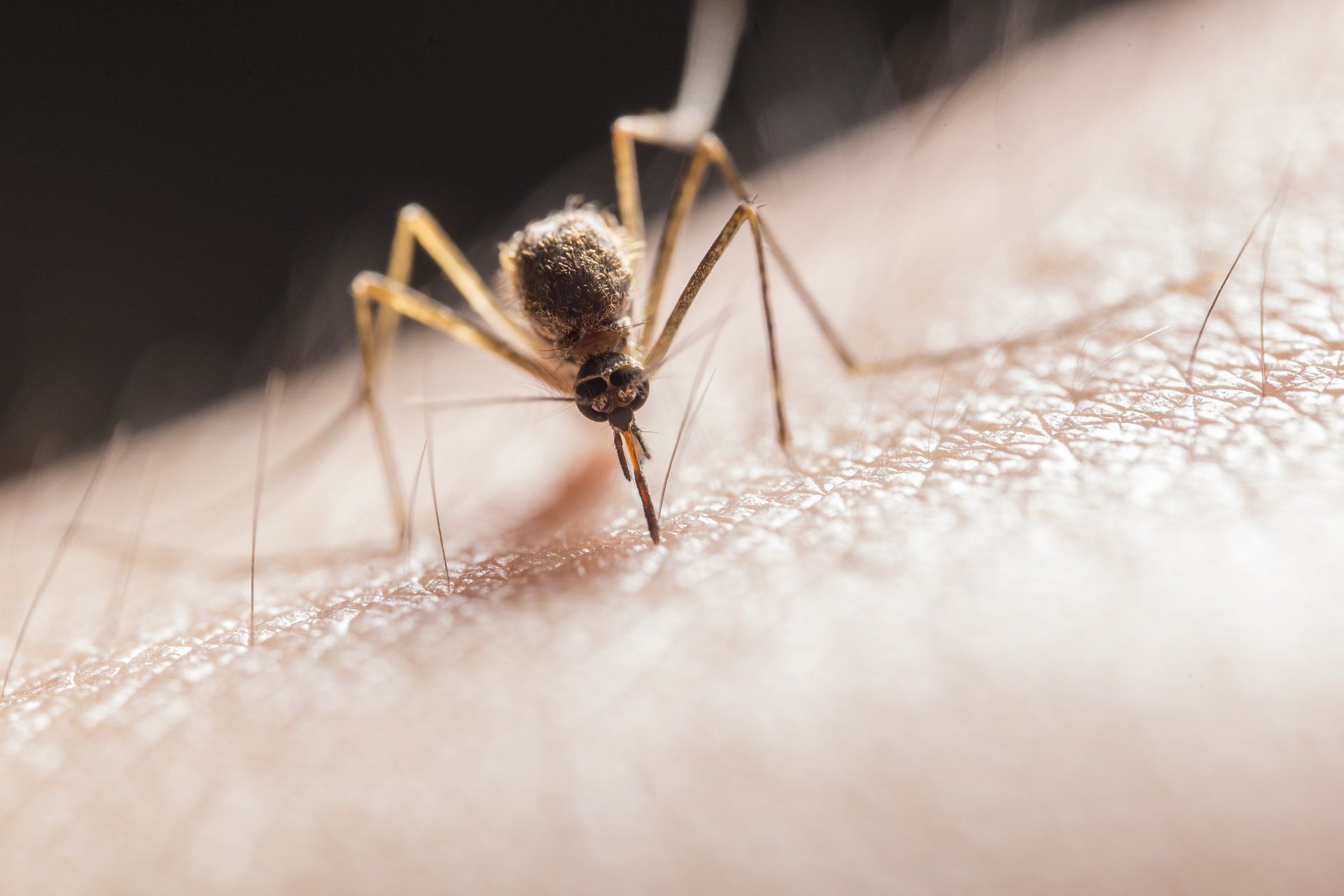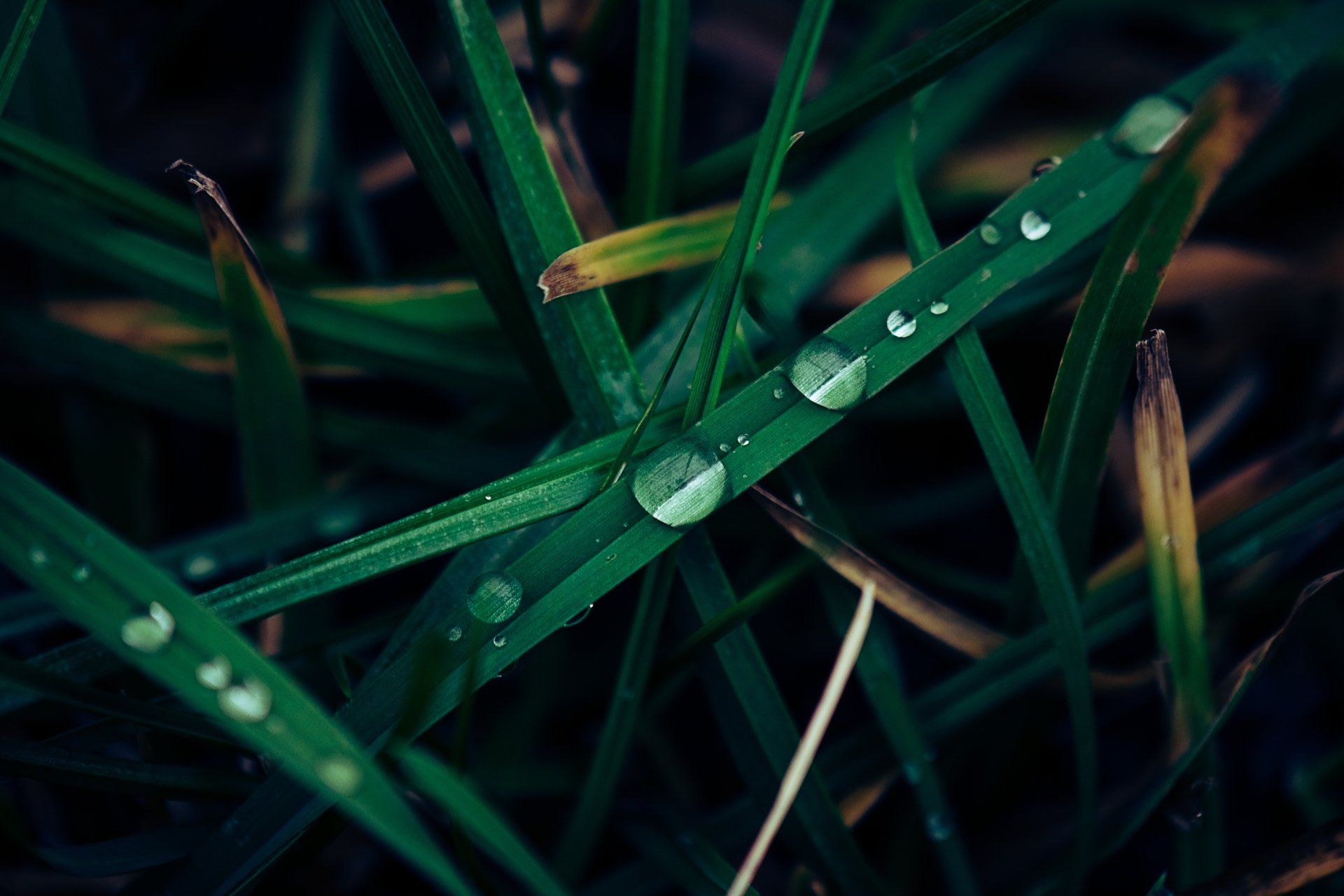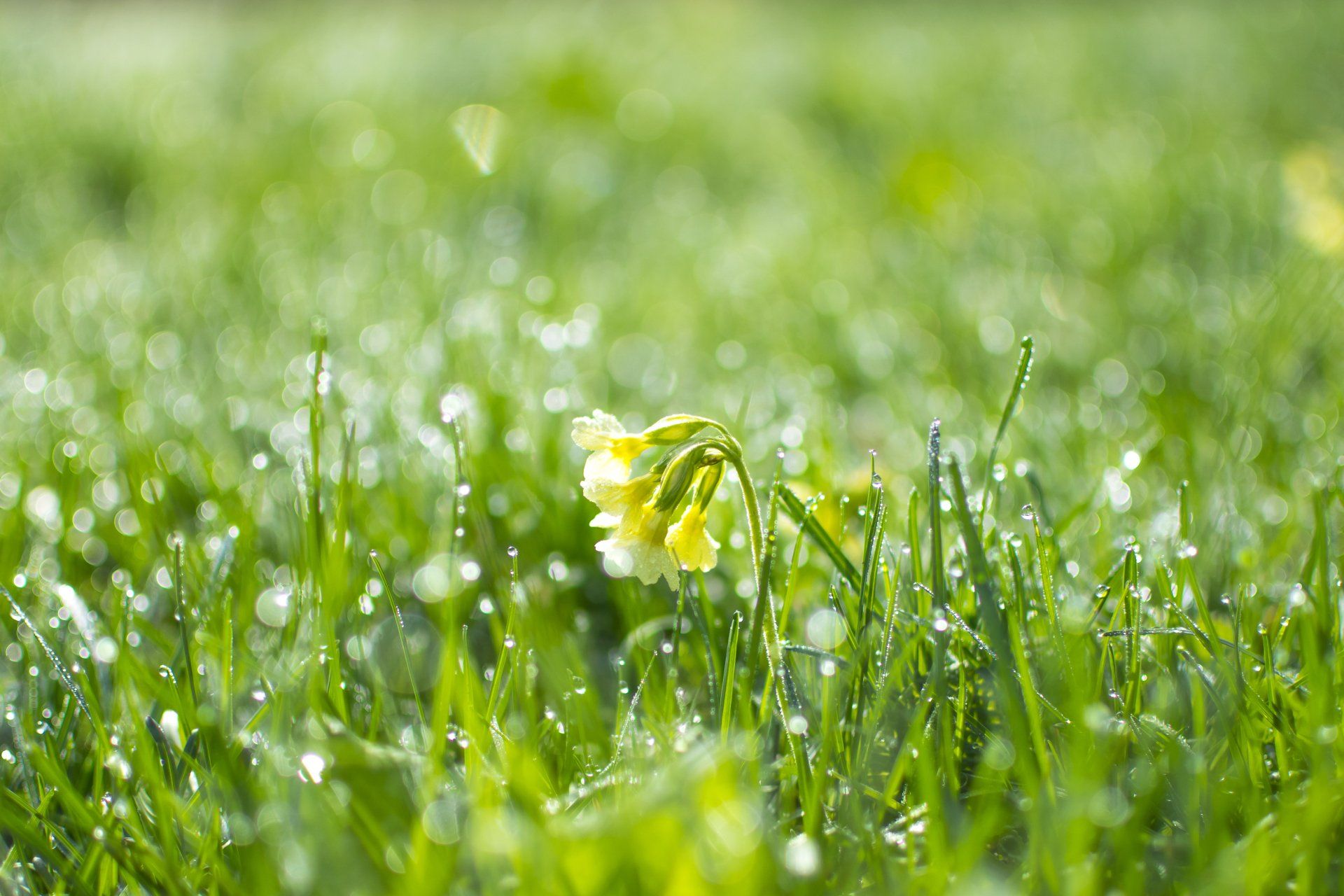How to use the leaf blower effectively and safely?
April 30, 2022
How to use the leaf blower effectively and safely?
Leaf blowers are a vital autumn cleaning tool. However, you shouldn't blow and go. Follow these expert techniques and tips on operating the leaf blower safely and effectively.
- Be patient until your leaves have dried. The wet leaves are slippery and hard for you to blow them around. You should wait a minimum of 24 hours following rain before you take open the leaf blower.
- Close the doors and windows. If your family members are enjoying the cool fall air, have them stop for a second to close the doors and windows. This will help block out the dust and noise that you might collect.
- Remove large objects. Move around the yard where you'll use your leaf blower and collect all loose objects like twigs, garden equipment, or children's toys. Also, move large objects away from the way so that they can hinder your process.
- Be safe. Wear safety eyewear, gloves, and durable boots; noise-reducing earmuffs are necessary.
- Make a plan before you begin. Choose the best route to follow. To prevent blowing the leaves over an area that you've cleaned, begin with one end of your yard and move towards the area you plan on placing the leaves.
- Start the blower up in the event of an unheated start. Let the engine idle for a few minutes or so to let it get warm. (This isn't necessary when you're using an electronic blower.)
- Make a semi-circle. Instead of blowing leaves straight, funnel them towards the central point with an arcing pattern.
- Be sure to blow along walls. When working on the deck or the exterior of your home, blow along the wall. If you go straight towards it, you'll wind up with debris blowing up on you.
- Take the throttle back. It's not necessary to keep the blower running on all the time. Small bursts of power are very efficient and also quieter and less fuel-intensive.
- Use the wind to your advantage. Blow leaves by keeping the wind blowing at your back so that you can are working with it and not against it.
- Take piles of debris in the process. Leaf blowers are finishing tools designed to be used for more precise work. They're not intended to move large amounts of garbage. As your leaves accumulate, take out your rake and transfer the debris to a garbage bag. After that, you can continue blowing.
- You might want to consider a battery-powered blower. A lot of leaf blowers run on gas and are cordless; however, battery-powered models are quieter, lighter, and more equally balanced. Additionally, you can avoid the headache of mixing and storing fuel. Remember to charge your battery for a couple of hours before going out. It is possible to expect between 20 and 30 minutes of operation from one charge.
- Think about adding a kit for vacuuming. Certain blowers come with suction options, which allow you to grab material instead of shifting it around.
- Recycling the leaves. Once you're finished, you can add the leaves to the compost pile or use them for mulch for gardens.
Ready to work with Landscaping LeafExperts Vancouver?
Let's connect! We’re here to help.
Send us a message and we’ll be in touch.
Or give us a call today at 604-409-5034
More Tips!
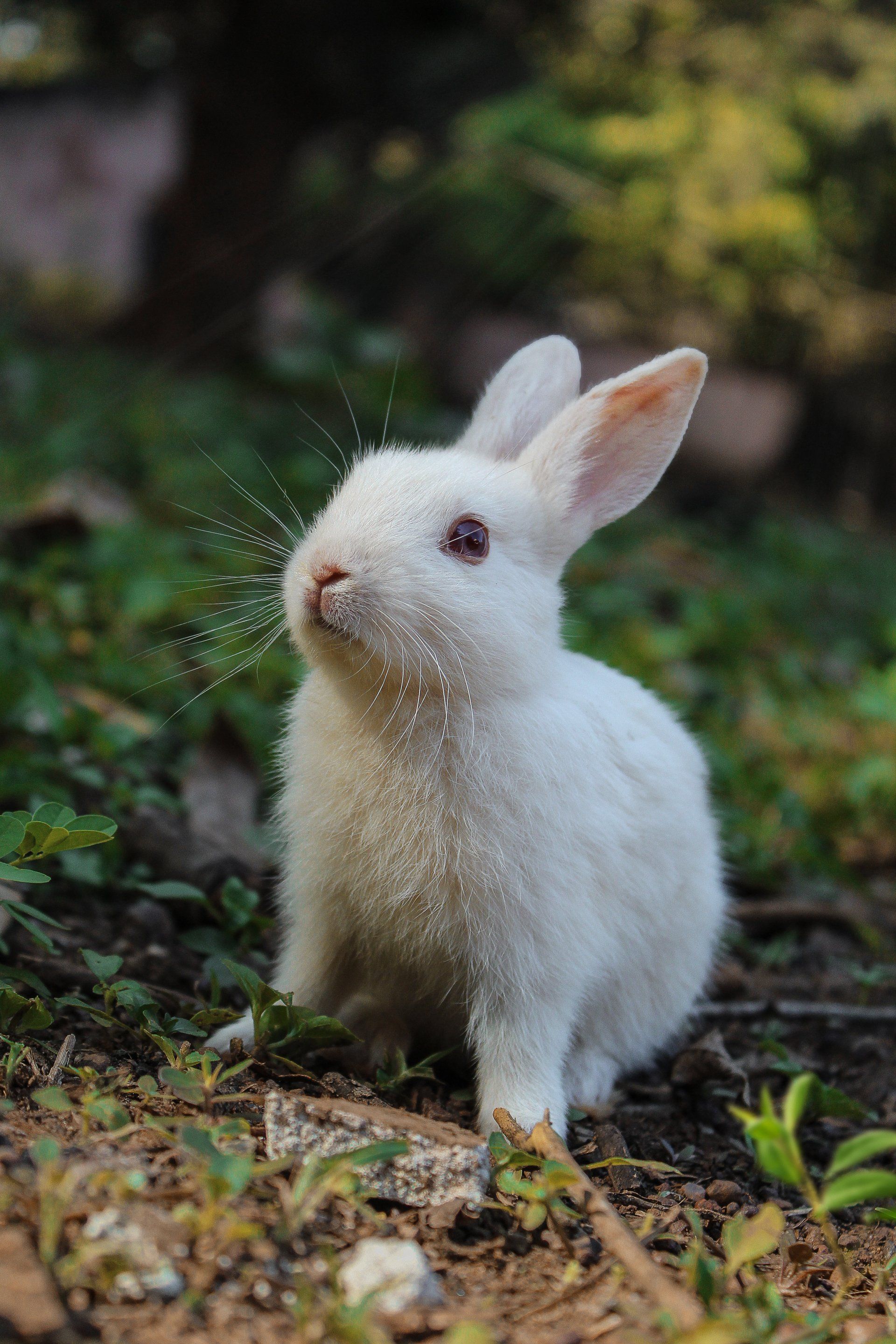
As you consider farm animals, cows, horses and pigs might be in your mind. Although these farm animals should be kept in the hands of farmers who have plenty of space for grazing, there are plenty of farm animals to keep around your backyard. They can assist with lawn maintenance and provide valuable products like eggs or milk.

